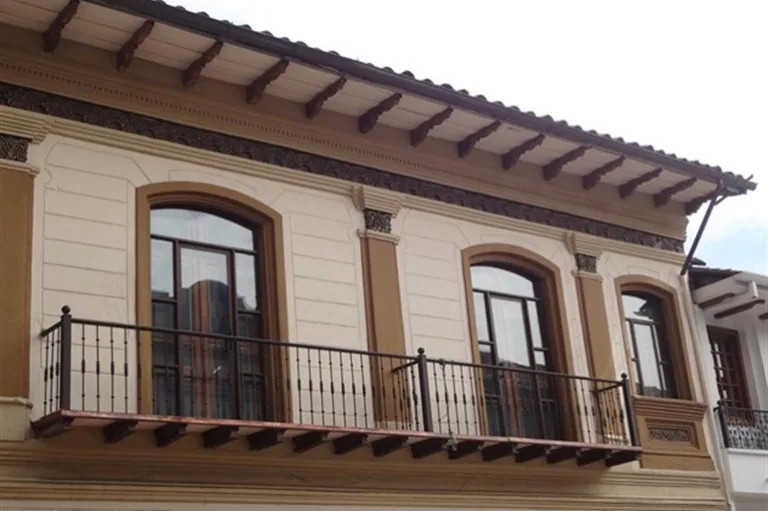Some evacuees near Cotopaxi are allowed to return home while others are advised to stay in shelters; Correa orders a national state of emergency
An overflight of the Cotopaxi volcano Saturday afternoon confirmed the presence of small pyroclastic flows from the crater but showed there was no immediate danger of ice melt and the formation of lahars. Lahars are avalanches of mud, rock, and ash that are usually the most deadly result of eruptions on glaciated volcanoes.

Some evacuees preferred to sleep outside rather than move to a shelter: Photo credit: El Tiempo
The observation prompted the government to allow some of the people evacuated Saturday morning to return home. Those living closest to the Volcano, in the villages of El Pedregal, Loreto, and Mejia, remained evacuated.
The volcano continues to send ash and small pebbles as far as five kilometers into the atmosphere, and ash continues to fall in mostly agricultural areas nearby.
A precautionary evacuation had been ordered on Saturday for several communities on the Cutuchi River, to the west of Cotopaxi.
Risk management officials said that small pyroclastic flows had developed Saturday morning on the west side of the Cotopaxi crater and there is concern that they could increase in size. A second concern is that the pyroclastic flows will melt parts of the glacier at the top of Cotopaxi, creating lahars that could reach far beyond the pyroclastic flows. Risk management said that as of 4 a.m. Sunday morning, there was no immediate danger of lahars.
The Geophysical Institute (IG) reported that the pyroclastic flows at Cotopaxi had first been observed about 9 a.m. Saturday morning. The pyroclastic material consists of rocks, ash and heated gases that can flow down the mountainside at speeds of up to 160 kilometers per hour, the IG said.
IG said that lahars contain the same materials but are mixed with mud created from ice melt, and are potentially much more dangerous. In the 1877 volcanic eruption of Cotopaxi, lahars flowed as far as 150 kilometers from the volcano and were responsible for the most deaths.
Risk management officials also said that heavier particulate material was beginning to fall near the volcano. Previously, there were only ash emissions.
In his Saturday morning address to the nation, President Rafael Correa urged citizens to follow official government announcements about the volcano. “There will be many rumors and misinformation on social media and that is why you should pay attention to the official source,” he said. “We are in constant communication with the geologists monitoring the situation as well as the risk management personnel who will handle emergencies.” He added that all official information about the the volcano and necessary emergency measures will come through the office of national security minister Cesar Navas.
Correa ordered a state of emergency to allow the government flexibility in the case of emergency. He said the order gives him authority to divert funding from other budgets to meet needs created by a possible eruption. It also allows him to mobilize the armed forces if necessary.
He said that official information about the volcano can be accessed on line at www.gestionderiesgos.gob.ec.





















